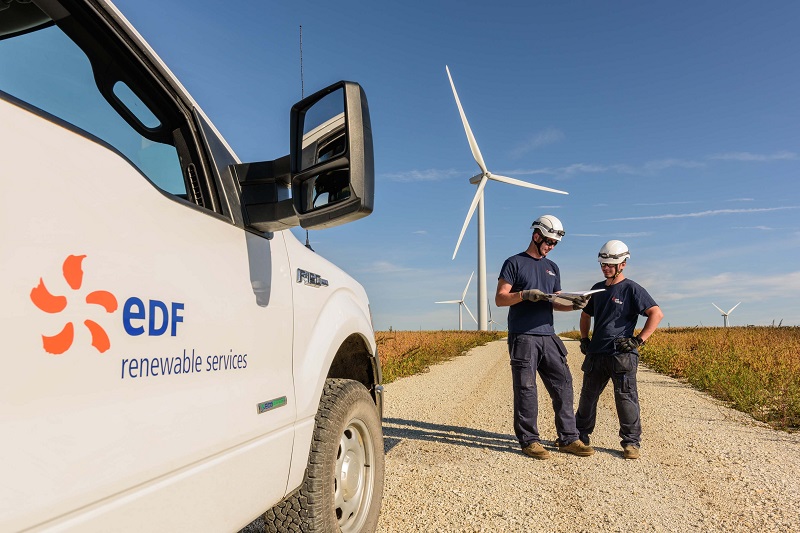EDF, the French power utility, has posted a fall in revenue for 2017, as a combination of lower nuclear and hydropower output and prices, alongside its accelerated transition to renewables, weighed on the company’s bottom line.
Despite continued dominance of the French electricity market – which is still heavily reliant on nuclear power – EDF saw its revenue for 2017 fall to €69.6 billion, down from €71.2 billion in 2016. Although only a contraction of 2.2%, this slide does exhibit how structural challenges in the firm’s traditional energy sectors are having an impact.
Both nuclear and hydropower output in France was lower than the year prior, as the country begins to adopt more renewable capacity on the grid. In the U.K., too, where EDF is a leading nuclear power provider, EBITDA fell by a third, due to lower nuclear prices and a slowly shifting power generation landscape.
EDF, for its part, has at least begun to embrace its renewable energy responsibilities with more gusto, and will invest more than €25 billion in solar power and green electricity tariffs over the coming few years.
Popular content
This transition was always going to exert a toll on earnings and income, the company said, but EDF chairman and chief executive, Jean-Bernard Levy said that he expects a rebound in 2018 delivered not by an uptick in nuclear – which is expected to decline further – but via cost savings injected to offset anticipated revenue decline.
“We are beginning an unprecedented acceleration in renewable energies with the launch of EDF’s Solar Plan, at the same time that we are strengthening our commercial initiatives,” said Levy. “Supported by our staff dedicated to working in the service of the energy transition and by a newly reorganized nuclear industry, EDF now enjoys a solid basis to achieve the rebound expected in 2018.”
EDF Energies Nouvelles, the utility’s renewables division, reached a renewables output of 12.6 TWh in 2017, which represents an increase of 11% on 2016.
This content is protected by copyright and may not be reused. If you want to cooperate with us and would like to reuse some of our content, please contact: editors@pv-magazine.com.


By submitting this form you agree to pv magazine using your data for the purposes of publishing your comment.
Your personal data will only be disclosed or otherwise transmitted to third parties for the purposes of spam filtering or if this is necessary for technical maintenance of the website. Any other transfer to third parties will not take place unless this is justified on the basis of applicable data protection regulations or if pv magazine is legally obliged to do so.
You may revoke this consent at any time with effect for the future, in which case your personal data will be deleted immediately. Otherwise, your data will be deleted if pv magazine has processed your request or the purpose of data storage is fulfilled.
Further information on data privacy can be found in our Data Protection Policy.